According to Philstar on May 1, these areas include 7 provinces whose entire territories are under a state of calamity, namely Occidental Mindoro, Antique, Sultan Kudarat, Basilan, Maguindanao del Sur, Maguindanao del Norte and South Cotabato.
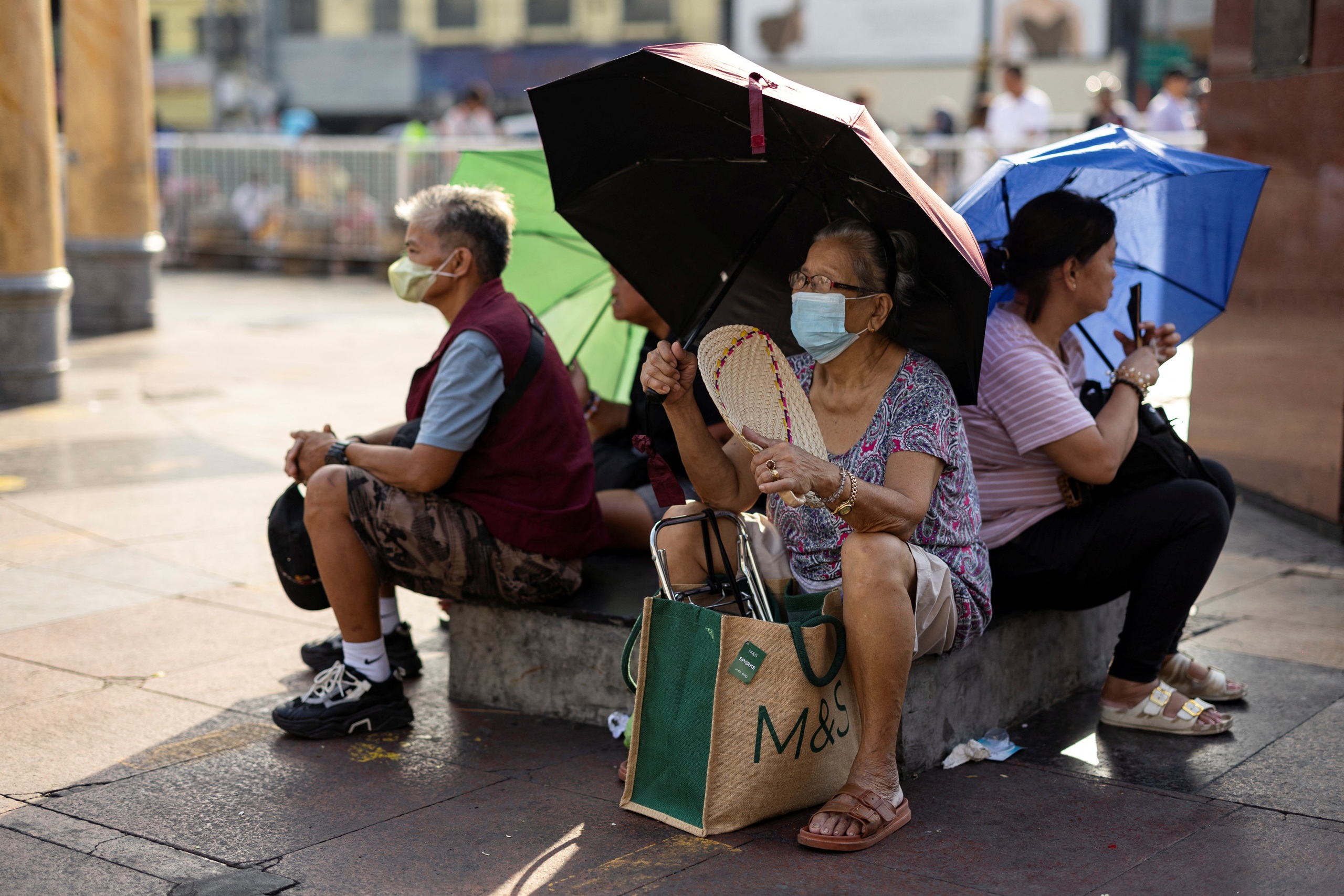
People hold umbrellas outside Quiapo Church on a hot day in Manila, Philippines, April 26, 2024.
"According to the latest update from the Philippine Department of Civil Defense, 131 cities and towns have declared a state of calamity. These areas are spread across the country," said Joey Villarama, spokesperson for the El Nino Task Force and assistant secretary of the Presidential Communications Office.
Villarama said the impact of El Nino on 131 cities and towns in the Philippines varies, with 41 areas currently experiencing drought. An area is considered to be in drought if it has experienced five consecutive months of below-normal rainfall or a 21% to 60% reduction in average rainfall. Some areas affected by dry spells are defined as having experienced three consecutive months of below-average rainfall or a 21% to 60% reduction in normal rainfall.
Mr. Villarama said agricultural losses have reached 4.39 billion pesos (1.922 billion VND), equivalent to 77,731 hectares of damaged crops. However, 77% of agricultural land affected by El Nino can still be restored.
Commenting on the recent extreme weather in the Philippines, Robert Borje, vice president and CEO of the Climate Change Commission, said: " The world is sending signals that something needs to be done and this is very alarming."
The Philippines could be in for a scorching heat wave with the heat index forecast to soar from 45°C to 54.8°C in May, according to weather agency PAGASA. At the same time, PAGASA forecasts at least 14 typhoons to hit the country from June to October.
PAGASA weather expert John Manalo forecast that the intensity or number of stations in the danger category will increase and the temperature or heat index may also increase.
Meanwhile, the Philippine Center for Ecology and Energy Development said the extreme weather forecast should be considered an “emergency situation.” “This is already an emergency. It is not just hot, it is burning. That means special measures need to be taken to deal with this situation,” the center warned.
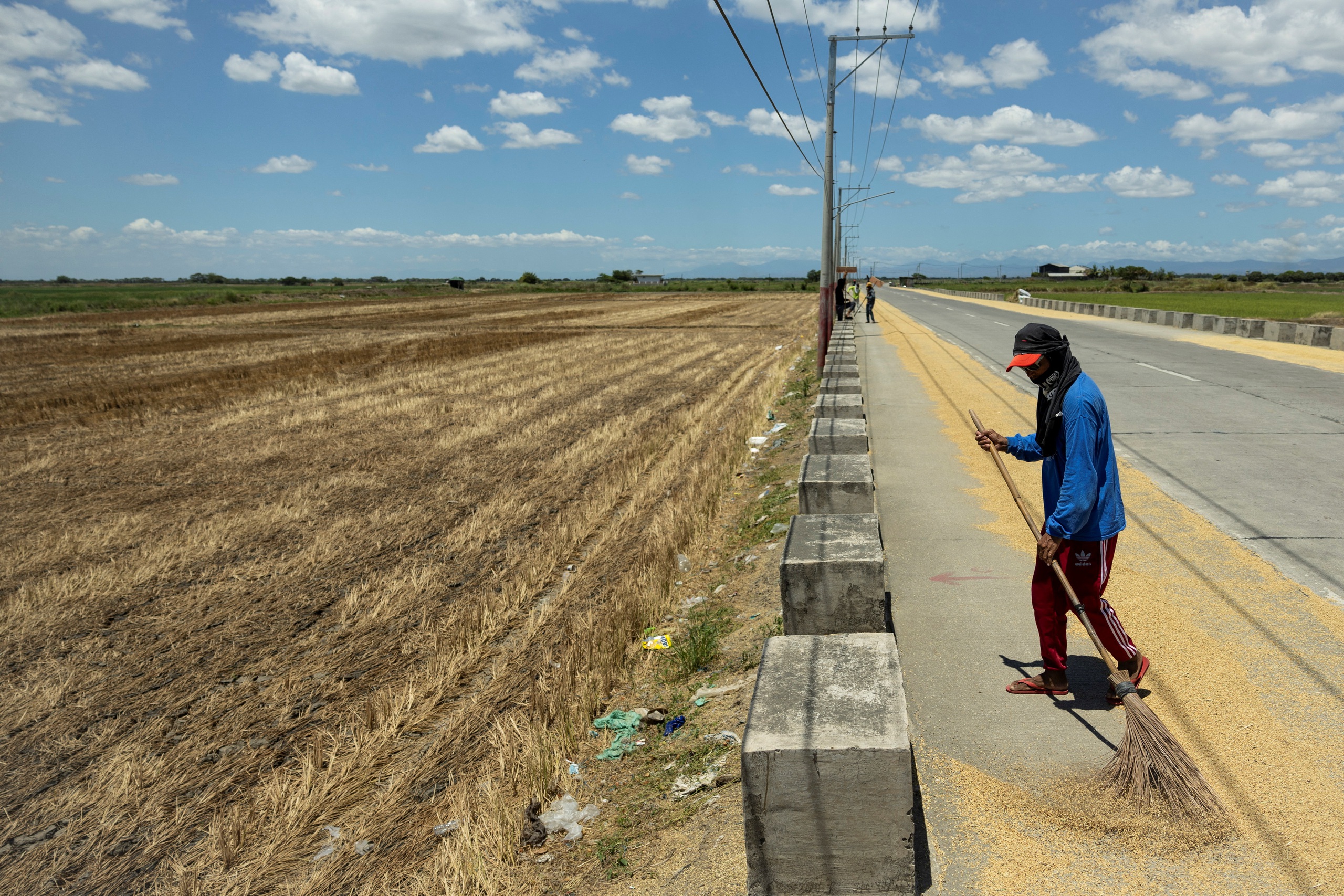
A farmer collects rice on the roadside on a hot day in Candaba (Philippines) on April 30, 2024.
To address the situation, the Philippine government is considering artificial rain seeding operations, depending on the needs of the affected areas. Cloud seeding will be carried out in the Cagayan region of the Philippines, but this is not the main intervention to overcome the El Nino climate phenomenon.
"We have to meet the cloud seeding conditions to seed rain and that depends on the wind direction. If we do cloud seeding and the wind direction changes, it will flow out to sea. There is already a request to do it in the Magat Dam area (Luzon, Philippines)," Mr. Villarama said.
PAGASA reminded the public that heat cramps and heat exhaustion may occur in areas with dangerous temperature readings of 42°C to 51°C. Heat stroke symptoms may also occur if exposed to the sun for long periods of time. Villarama reiterated the call to conserve water and electricity.
Source link


![[Photo] Readers line up to visit the photo exhibition and receive a special publication commemorating the 135th birthday of President Ho Chi Minh at Nhan Dan Newspaper](https://vphoto.vietnam.vn/thumb/1200x675/vietnam/resource/IMAGE/2025/5/17/85b3197fc6bd43e6a9ee4db15101005b)


![[Photo] More than 17,000 candidates participate in the 2025 SPT Competency Assessment Test of Hanoi National University of Education](https://vphoto.vietnam.vn/thumb/1200x675/vietnam/resource/IMAGE/2025/5/17/e538d9a1636c407cbb211b314e6303fd)

![[Photo] Prime Minister Pham Minh Chinh chairs meeting on science and technology development](https://vphoto.vietnam.vn/thumb/1200x675/vietnam/resource/IMAGE/2025/5/17/ae80dd74c384439789b12013c738a045)




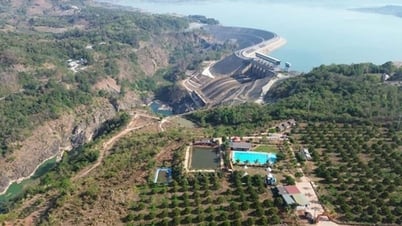
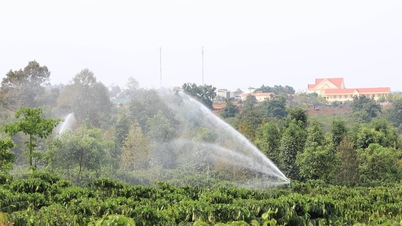
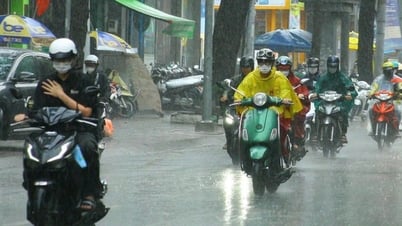



















![[Photo] Nearly 3,000 students moved by stories about soldiers](https://vphoto.vietnam.vn/thumb/1200x675/vietnam/resource/IMAGE/2025/5/17/21da57c8241e42438b423eaa37215e0e)























































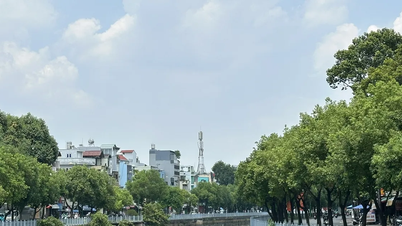















Comment (0)